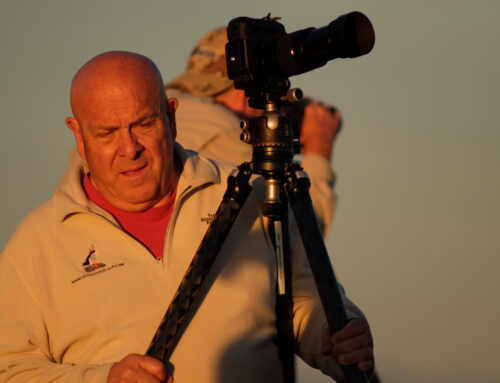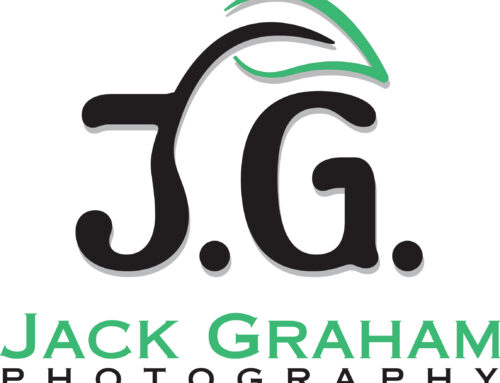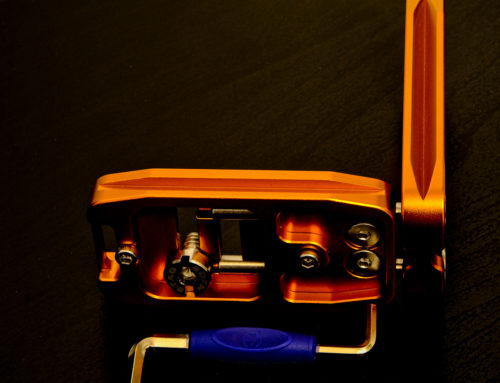![]()
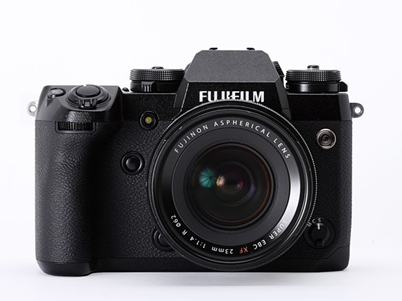
Disclaimer: Yes, I am a Fujifilm “X” Photographer. Being one I am fortunate to quite often get my hands on gear before its release. Am I biased to FUJIFILM cameras and lenses? You better believe it. However, unlike some of the competition, FUJIFILM puts no restraints on my thoughts, what I write and talk about. The fact is, it’s just the opposite. They are looking for input to keep improving their products. These are my thoughts and opinions, not anyone else’s!
Also, the images shown here were shot on a prototype X-H1. The production models should be even better than what I turned out here.
A day before I left for a recent workshop I conducted in Japan earlier this month, a package showed up from FUJIFILM. In it was the new X-H1 (prototype). Yes, it certainly was a prototype with no imprinting of Model or Manufacture on it. However, I knew what was arriving and already read lots of the so-called “rumors” all over the internet. Thus, I was anxious to put it through its paces.
I own practically every camera made by FUJIFILM in the past 3-4 years and I am perfectly happy with the X-T2. I was quite skeptical about the X-H1 before shooting with it. Why? Basically, because it uses the same sensor (24mp)
Before I go on… let me state a few things for those who don’t know me.
- I am NOT a bird Photographer, though I love photographing them when they are part of a scene or in the rare few times I am our specifically photographing birds.
- I am not a sports photographer and most of the time shoot things that move very fast. However, I love going to Alaska in the Summer for the bears as well as the Tetons in winter where the wildlife is quite active.
- I am basically a landscape, travel photographer. The tracking system in the cameras is important but not as important as it is to the photo journalists, sports photographers and bird/wildlife photographers.
- I am not a video person either, I do take some occasionally but for reviews on the (what I am told) are the amazing capabilities of the X-H1 for video look elsewhere.
- There are far more extensive reviews out there already. These are just my opinions after shooting with the camera.
Having said that FUJIFILM has come a very long way and now I can say without any question that their cameras, combined with the available lenses (more coming later this year) can photograph birds and wildlife AS GOOD OR BETTER than ANY other system in the market.
So, let’s get into the X-H1 …..
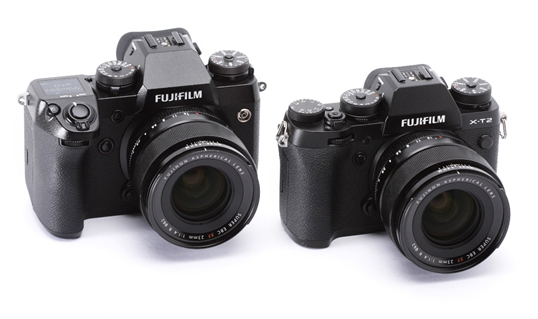
When I removed the camera from the box and held it I immediately felt that this camera was a quality piece of equipment, yes, a better feel than the X-T2 and that’s saying a lot. How much better? Somewhat…. but enough for me to tell the difference. It turns out that the X-H1 is 25% thicker and more scratch resistant than the X-T2 and like the X-T2 it is weather resistant (not weatherproof—“resistant”) It is a bit bigger than the X-T2 and just under 6 oz. heavier. The X-H1 has a LCD on the top right like the GFX large format camera. Basically, it’s a tad bigger X-T2.
X-H1: 139.8 x 97.3 x 85.5mm; 673g (with SD card and battery)
X-T2: 132.5 x 91.8 x 49.2mm; 507g (with SD card and battery)
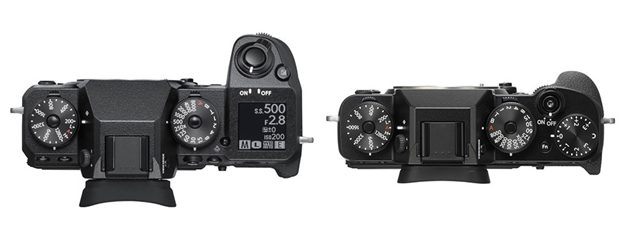
On top, there is the ISO and SHUTTER dials. The compensation dial is gone (I really love that dial on my other X-T cameras and wish it were on this one.) You now must hold down the compensation button and turn the scroll wheel unless you assign it to a function button. Remember when shooting in the Manual mode compensation dials and buttons don’t function anyway… but I miss the dial!
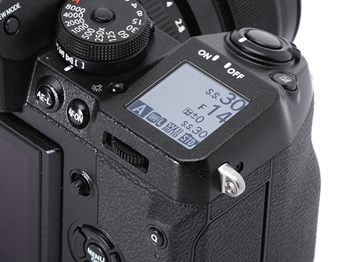
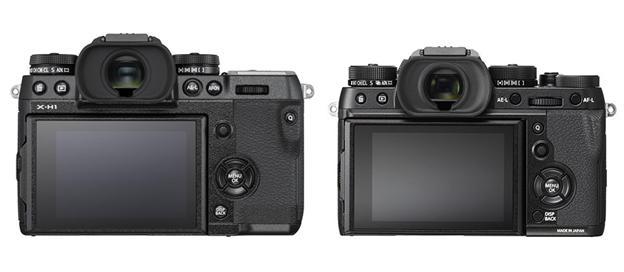
I love my joystick on the X-T2. The joystick on the X-H1 is even positioned better! It has a bit more separation and is closer to the top of the camera, which should have made it really comfortable to use with the thumb. I know this is a little thing but it’s a nice improvement over the X-T2.
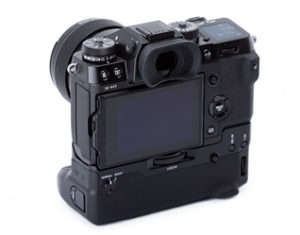
The EVF eye piece is brighter, 3.69 million dots vs 2.36 in the X-T2. This is even more noticeable and useful in bright light. I like this a lot. The main improvement and immediately noticeable was the reaction time and eye detection time vs the X-T2. The X-H1 is now at 0.4 sec vs 1.5 sec on the X-T2. Boy are we spoiled. The EVF also is a bit more pronounced of the body of the camera… good thinking. The knobs are just a tad bigger.
The biggest thing I immediately noticed was how quiet the shutter button was compared to other cameras from FUJIFILM (not that they’re loud! ). The shutter button is a lot more sensitive than that of the X-T series and it will take some getting used to, especially going from an “X” camera to the “H” camera, so beware.
It has a similar touchscreen as the X-E3 (which I love as well). I personally am not a touchscreen person so I turned it off. If you like it, it’s there. Speaking of the X-E3, the X-H1 has the Bluetooth capabilities of the X-E3 as well. Try it … you’ll love this feature.
I shot the 100-400 mm FUJIFILM lens in Japan (without the base on the camera) and truthfully it felt a bit better, more stable in my hand with the X-H1 than the X-T2. Obviously on a tripod it really doesn’t matter does it!
STABILIZATION
This is one of the main features of this camera. Fuji took a long tome perfecting this IBIS system to function correctly with its Trans Sensor. Is it important? To me it is only if I am shooting handheld, which I don’t do too often— (but would feel better about it with the X-H1 for sure) or when using non-IS lenses hand held in low light conditions. I did this very successfully in Japan and the X-H1 allowed me to get sharper images than I would have with the X-T2.
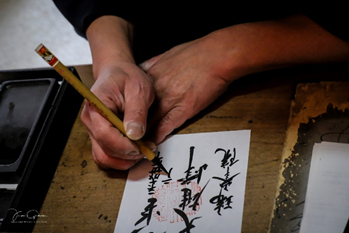
This image was made in low light, hand held. I used the 16-55 F 2.8 lens which has no IS built in. Images between 1/10 and 1/30th were consistently sharp in low light.
- This new system will really improve video, but as I stated, I have not shot any video with this camera yet.
- The camera has 5 stops and 5 axis stabilizations. 1. Pitch; 2. Yaw; .3 Roll; 4. X-Shift and 5. Y-Shift.
- Lenses with stabilization only have 2 axes, those being Pitch and Yaw so the in-camera IBIS will kick on the use of the other 3.
In Japan recently, we were out on a boat photographing the Steller Sea Eagles, the largest eagles in the world. The stabilization in conjunction with the tracking system (see images below) made these sharp images possible. I used the 100-400, hand held. Shutter speeds were about 1/750th sec. and up.
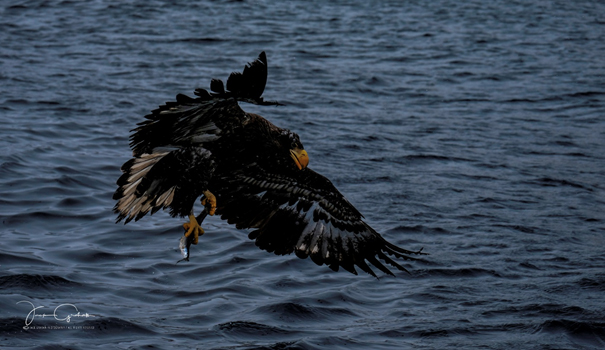
UPDATED AUTO FOCUS
This is a big deal I would think for the X-H1 over the X-series cameras.
Even though the X-T2 and X-H1 both use the same autofocus system, the X-H1 features an updated AF algorithm that improves the accuracy and speed of focusing in low-light conditions. I noticed this immediately when shooting these eagles, hand-held on a boat.
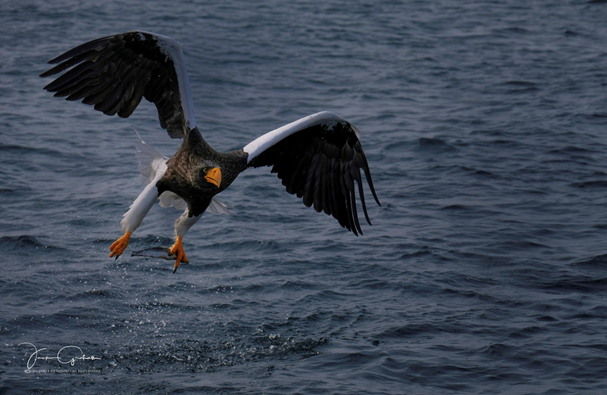
FUJIFILM claims that the sensitivity of the phase detection autofocus has been improved by approximately 1.5 stops (from 0.5 EV to -1.0 EV) over the X-T2 and the range has been expanded from f8 to f/11. This means that when using the XF 100-400 mm with the TC 2.0 x, the camera can now use phase detection for better results. (I did not use a teleconverter when I made these images).
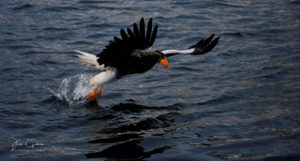 Also, when using continuous autofocus there will be better performance when zooming. This new AF Algorithm really was apparent to me and made it possible to make these images. Remember, I am NOT a true bird only photographer!
Also, when using continuous autofocus there will be better performance when zooming. This new AF Algorithm really was apparent to me and made it possible to make these images. Remember, I am NOT a true bird only photographer!
IMPROVED SOFTWARE
The Fuji X-H1 has some improved software that allows the processor to be function a bit better. The processors on both cameras are identical (X-H1 and X-T1) but the re-written software has increased the performance a bit in the X-H1. Perhaps this is more noticeable in the video performance.
HANDHELD / Fujifilm X-H2 / 16-55 mm f2.8 ¼ SECOND ( I love the “classic Chrome” setting on the film simulation here.)
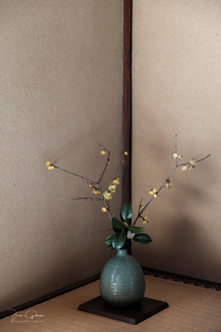
ELECTRONIC FIRST CURTAIN SHUTTER
Another important feature is EFCS, which can eliminate camera shake originating from the mechanical shutter – sometimes known as “shutter shock”. Shutter shock is an issue with many modern cameras (DSLR and mirrorless) and show up often when using longer focal length lenses and at certain shutter speeds. This feature is found in Fujifilm’s GFX large format camera, not in the “X” series.
The lens mount has also been strengthened in the X-H1 as well though I have had no problems with the mount on any FUJIFILM cameras to date.
One last little thing—- When I manually focus I use the “peak” focusing system. Currently there is a choice between blue, red or white peak indicators. The X-H2 now has yellow! What a great idea.
SO … NOW WHAT?
Since the introduction of the X-H1 last week, I’ve received lots of email about this camera. Am I buying one, what’s it all about, etc.?
The answer is yes, I’ll be adding this to my arsenal of FUJIFILM cameras. The main reasons are:
- Stabilization: especially when using non-IS lenses, and especially in low light. Again, I don’t shoot handheld a lot but when necessary there is a definite difference.
- Processor: improved and re written software making the processor function better. Always have the latest you can afford.
- Improved AF and Tracking: noticeable when I got to photograph these birds in Japan using the X-H1.
- Over all build, feel, EVF, Joystick, and yellow peak system.
- Plus, I need a good backup camera anyhow and the X-T2 will fit that bill just fine.
As of today, on Amazon:
X-T2 $ 1,499.00 Body Only
X-H1 $ 1,899.00 Body Only



